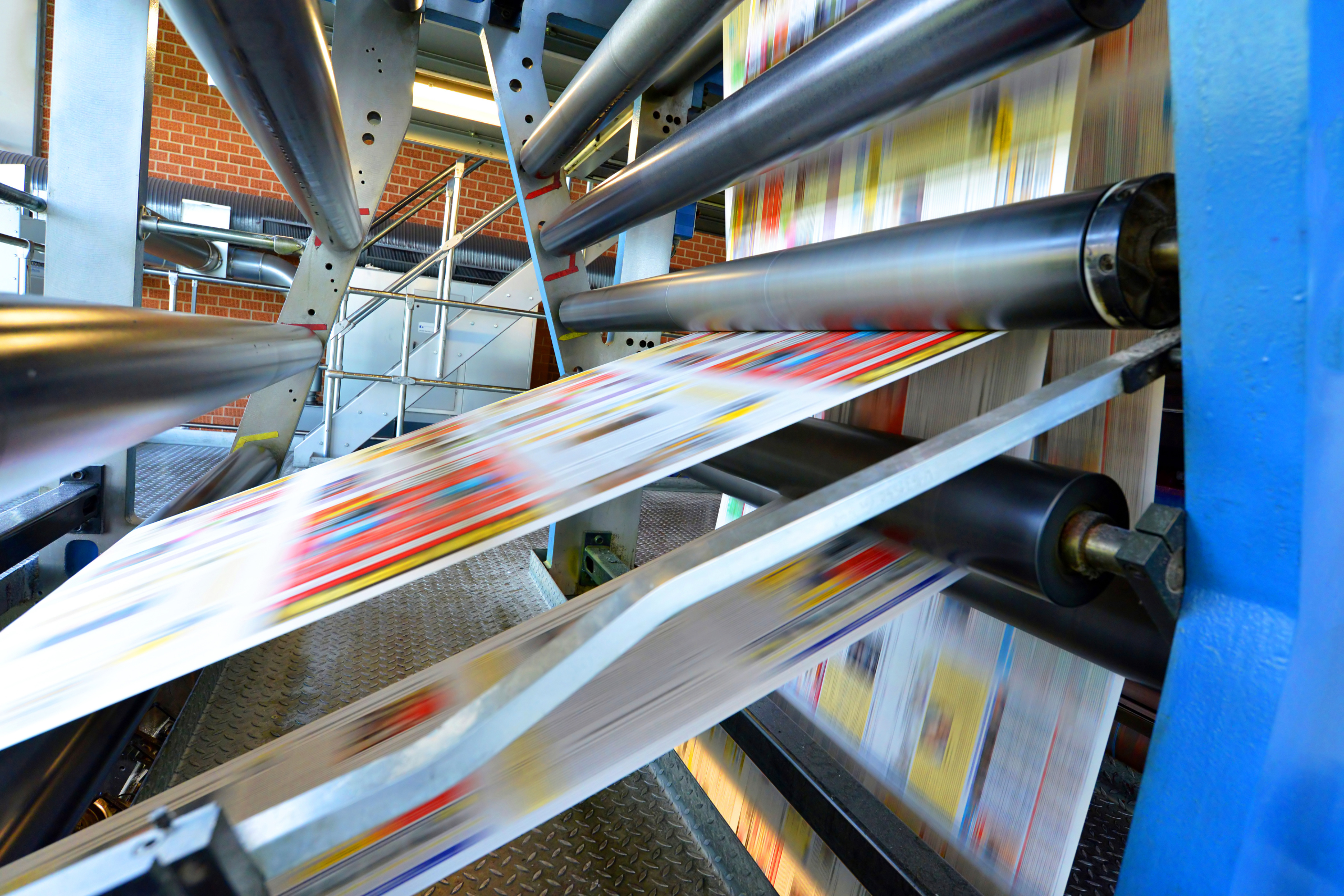Rotogravure printing is a highly precise and intricate process that requires specialized equipment and materials to achieve optimal results. One such component is the base shell cylinder, which serves as the foundation for the printing plate and plays a critical role in the overall print quality.
Choosing the right base shell for your rotogravure printing needs can be a daunting task, as there are many factors to consider, including material composition, surface finish, hardness, and overall durability. In this comprehensive guide, we’ll take a closer look at these key considerations and provide you with the information you need to choose the right base shell for your specific printing application.
- Material Composition: The base shell cylinder is typically made of either copper or steel, each of which has its own unique properties and benefits. Copper is a popular choice for its high thermal conductivity, which allows for faster heat dissipation and better ink transfer. Steel, on the other hand, is more durable and resistant to wear and tear, making it a good choice for high-volume printing applications.
- Surface Finish: The surface finish of the base shell cylinder is another important consideration, as it can greatly impact the quality of the final print. A smooth and uniform surface is essential for achieving sharp and clear images, while a rough or uneven surface can result in blurred or distorted prints. Look for base shell cylinders that have been properly finished and polished to ensure optimal print quality.
- Hardness: The hardness of the base shell cylinder is a measure of its resistance to indentation and wear. A harder base shell cylinder will typically last longer and be less prone to damage from repeated use, but it may also be more difficult to machine and may require specialized tools and techniques. Consider the specific demands of your printing application and choose a base shell cylinder with the appropriate hardness for your needs.
- Durability: The durability of the base shell cylinder is perhaps the most critical factor to consider when choosing a base shell for your rotogravure printing needs. A durable base shell cylinder will withstand repeated use and provide consistent and reliable print quality over time. Look for base shell cylinders that have been manufactured using high-quality materials and advanced production techniques to ensure long-lasting performance.
- Size and Shape: The size and shape of the base shell cylinder will also impact its suitability for your specific printing application. Consider the size and shape of your printing press, as well as the size and shape of the printing plates you’ll be using, when choosing a base shell cylinder. Make sure to choose a base shell that is compatible with your equipment and can accommodate your specific printing needs.
- Cost: Finally, consider the cost of the base shell cylinder when making your selection. While it may be tempting to choose the least expensive option, keep in mind that a high-quality base shell cylinder will provide better print quality and longer-lasting performance, ultimately providing a better return on investment in the long run.
In conclusion, choosing the right base shell cylinder is critical to achieving optimal print quality and long-term success in rotogravure printing. Consider the material composition, surface finish, hardness, durability, size and shape, and cost when making your selection, and don’t hesitate to consult with an expert in the field if you need additional guidance. With the right base shell cylinder, you can revolutionize your rotogravure printing process and achieve outstanding results that will impress even the most discerning clients.

Leave A Comment